Eating an Ojai Pixie is a truly special experience. We enjoy other tangerines, sure, but none is quite so deliciously sweet, juicy and balanced as the Ojai Pixie. This variety is only available from March to May; to us, the first Pixie means that spring has arrived.
There’s no industrial scale farming here; in fact, just three-dozen family operations make up the Ojai Valley Pixie Growers Association, a collective of farmers who grow Pixies. The largest orchard is 16 acres. The microclimate of Ojai Valley is so particular that this is the only place Pixie tangerines can really be grown. Just as Hatch Chiles can only come from New Mexico’s Hatch Valley, true Pixies only come from California’s Ojai Valley.
About Ojai Pixies:
“Ojai Pixies are not sold under trade names! We are not Cuties, Sweeties, Delites or Smiles– we are Ojai Pixies; that is, Pixie tangerines grown in the Ojai Valley. Ojai Pixies are grown by a dedicated group of farmers working on small family farms. We grow and market our own fruit. We make up less than one percent of the California tangerine crop, so enjoy the season while it lasts!”
Pixie tangerines are pale orange colored, moderately juicy and always seedless. Individual Pixie tangerines vary in shape, size and peel texture. In general, Pixies are small (1-3 inches in diameter), have a pebbly skin and are easy to peel with segments that separate easily from one another.
 Pixies ripen in the spring and are therefore on the trees during California’s coldest months and are quite susceptible to frost.
Pixies ripen in the spring and are therefore on the trees during California’s coldest months and are quite susceptible to frost.
Pixie Tangerines have been around since the mid-1960s, when they were released to the public by citrus breeders from the University of California at Riverside. Because of their small size, their habit of bearing a large crop one year and a small crop the following year, and their late season, they were not thought of as a commercial fruit. However, a group of growers in Ojai, California discovered that Pixie Tangerines grown in Ojai are wonderfully delicious. They are now available in grocery stores all over the country, as well as farmer-direct in southern California.
Meet the Farmer | Friend’s Ranch Ojai Pixies
The Friend’s Ranch family has been growing citrus in the Ojai Valley for over 100 years!
Throughout this time, their operation has gone through a lot of changes, expansions and cuts as well as changes in the fruit they grow and sell.
Friend’s Ranch currently attend four farmers’ markets in Southern California year-round as well as selling directly from our packinghouse and through our on-line mail order. We also sell our tangerines to wholesalers throughout California, such as Melissa’s Produce.
Their goal is to grow, pack and sell the best fruit we can that you, the consumer, demand and they hope you find the fruit as delicious as they do!
Friend’s Ranch is truly a small family farm, operated by 4 family members, 4 employees, as well as the input of the our new fifth generation of tangerine eaters (Matthew, Andrew, Mariana, Oliver and Celeste)!
Read more at http://www.ojaipixies.com/about-pixie-tangerines/
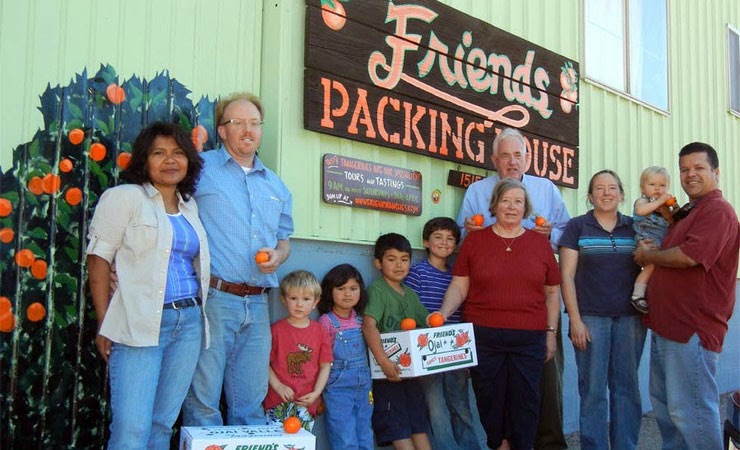
Here are a few points about Ojai Pixies that you need to know:
– California’s Central coast provides rich growing soil.
– The freshest citrus commercially available, picked and packed just days before delivery
– Grown uniquely in an East to West direction allowing for longer days of sunlight which benefits the fruit in overall taste.
– No preservatives or wax.
– 100 years of Ojai growing experience
Ojai Pixie Tangerines:
Pixie Tangerines have a rich citrus flavor. They are a super sweet variety, and are a cross between a King and Dancy Tangerine. This variety of tangerine is newer to the marketplace. Developed and grown for the last 20 years, Pixie Tangerines are now grown and available on a national basis! They have all the attractive features of what a consumer is looking for in a tangerine: seedless and low acid.
– Late season variety: early March – mid May
– Grown in the prestigious citrus region of Ojai, California
– Seedless
– Easy to Peel
– Low Acidity / Very Sweet
Here is a tasty recipe you can make with fresh Ojai Pixies and Steamed Beets:
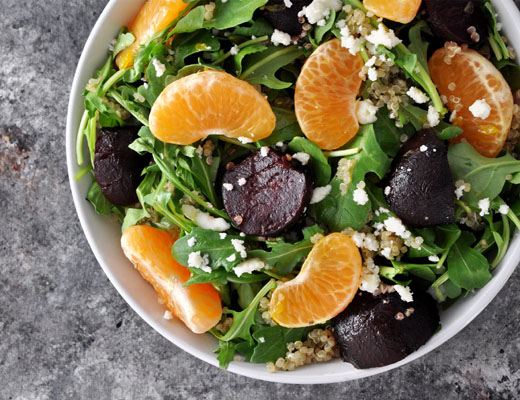

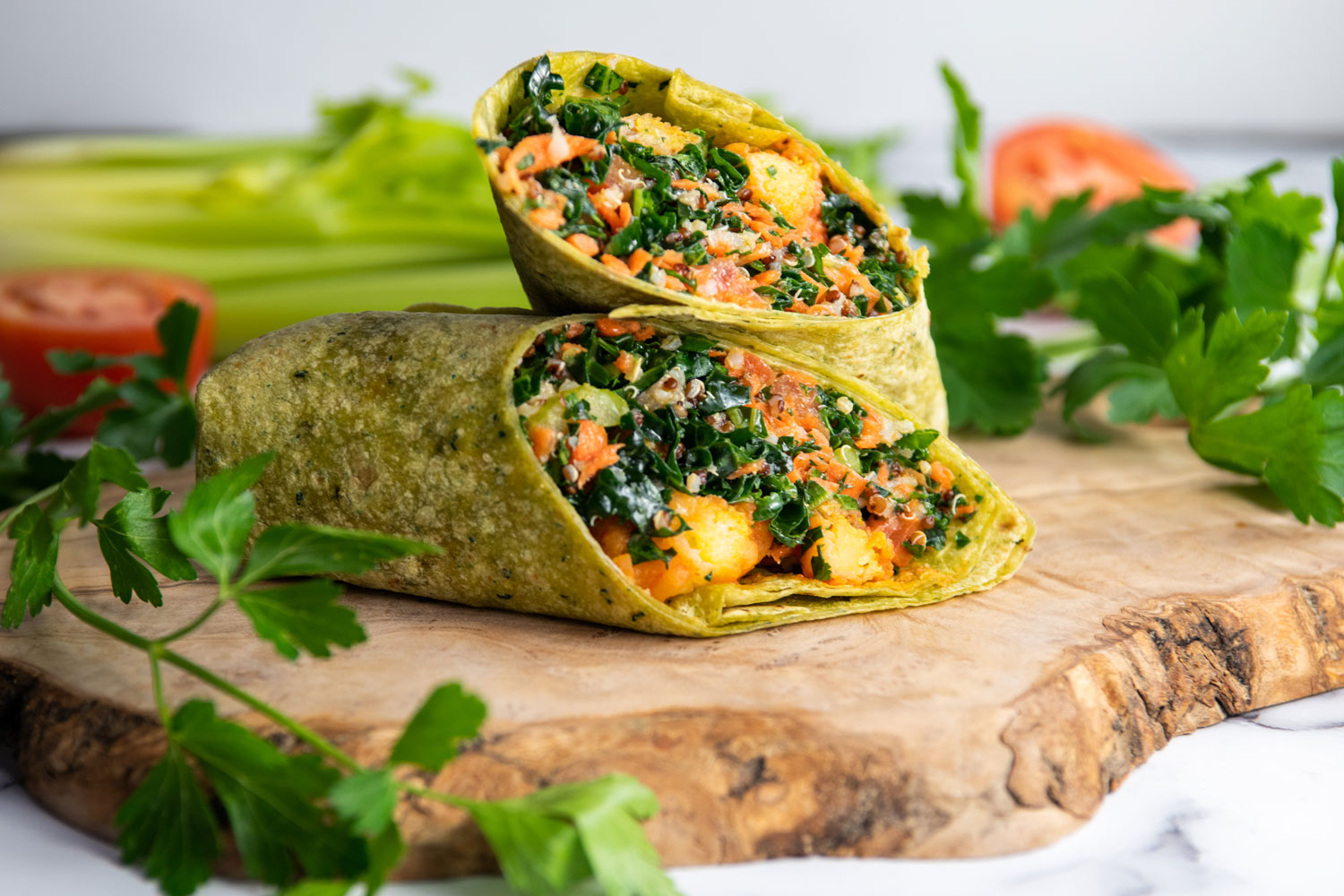
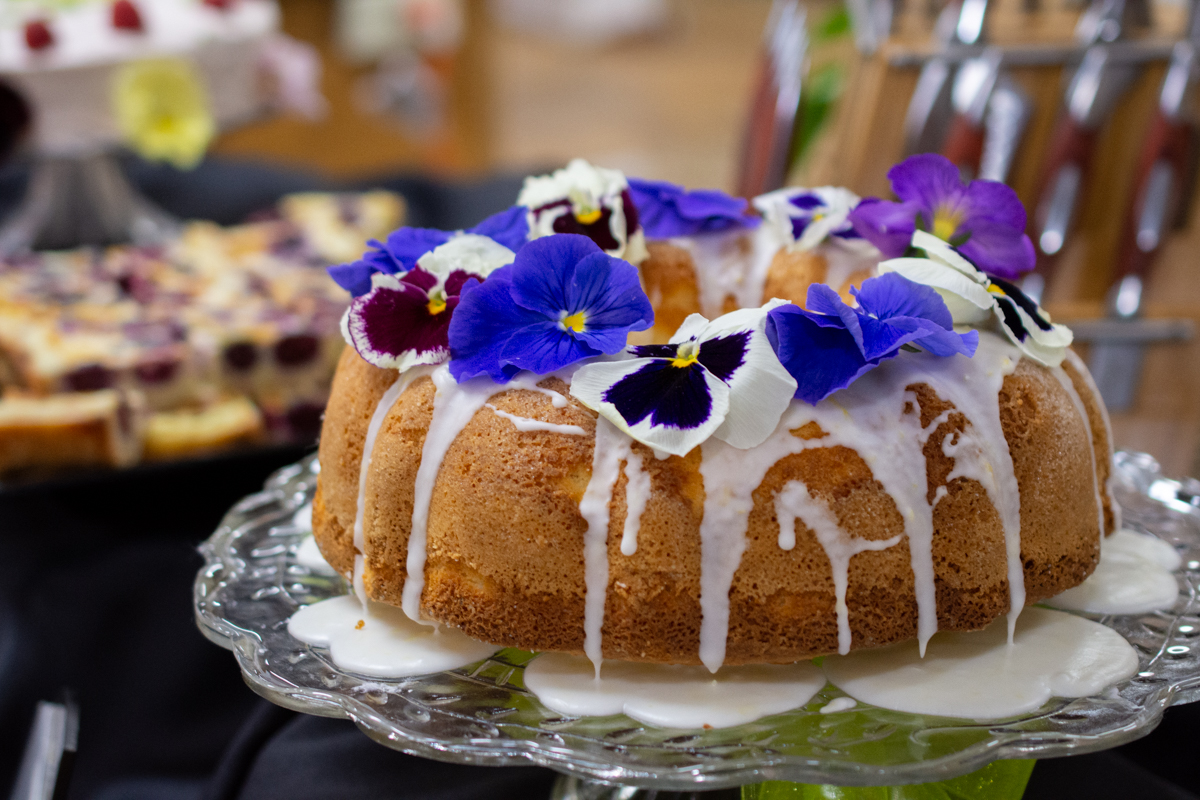
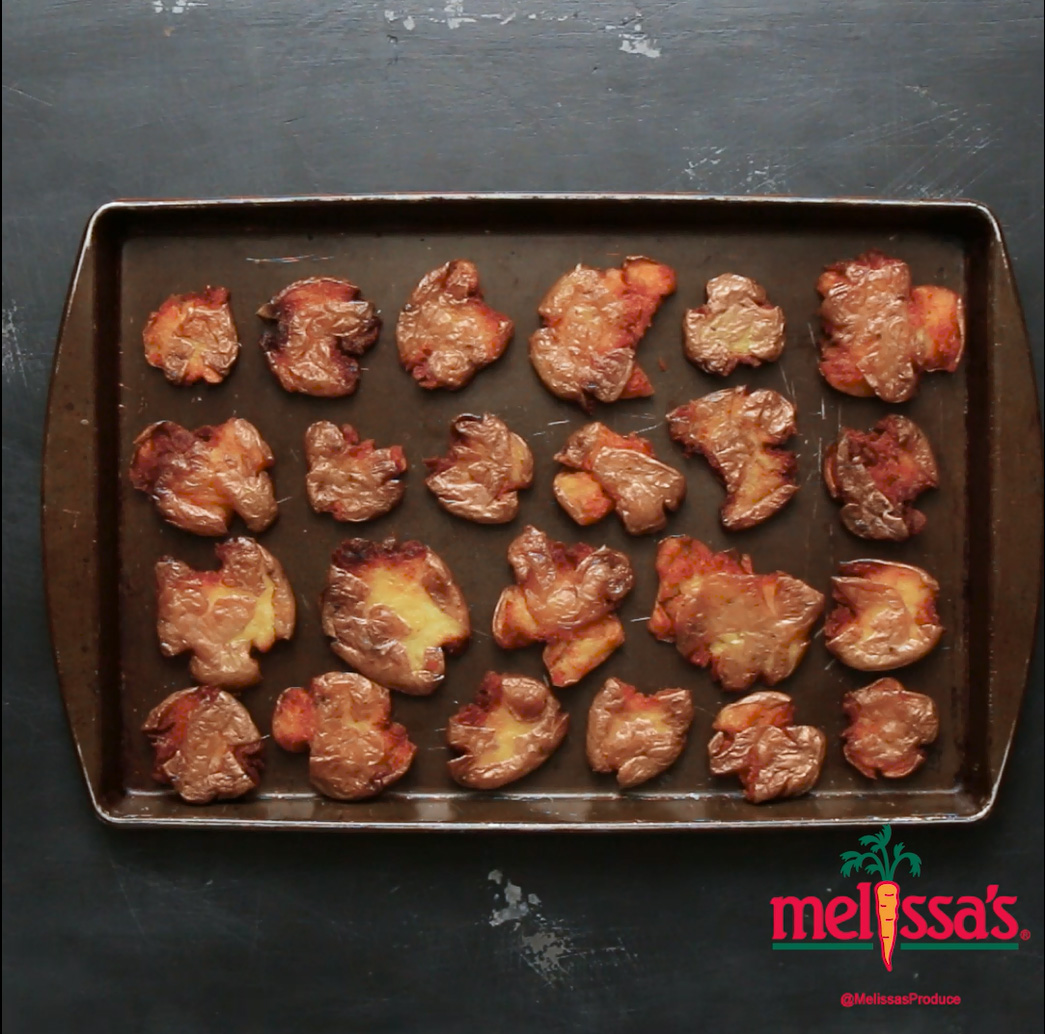

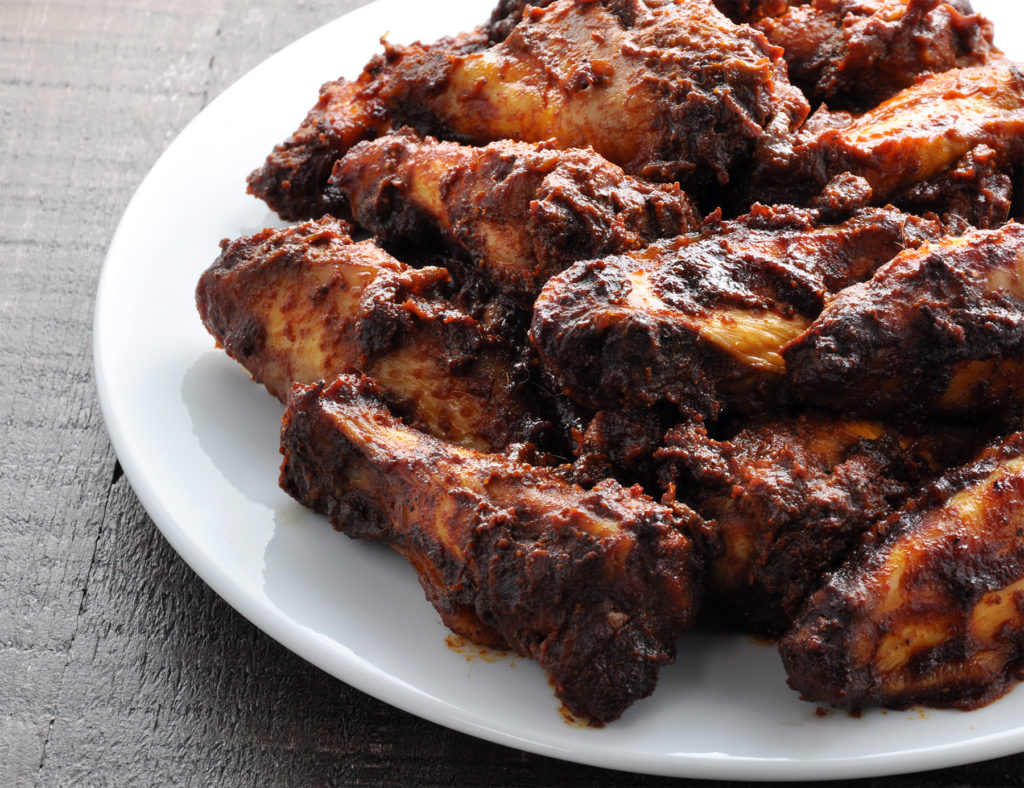 For the wings:
For the wings:
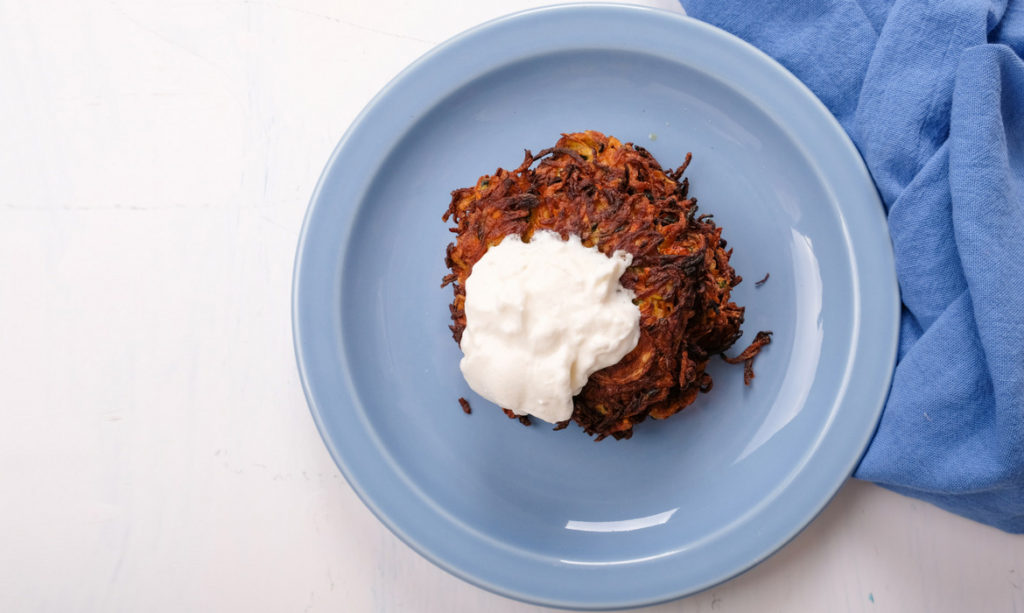 Recipe: Chef Martin Yan’s Taro Pancakes (like taro latkes!):
Recipe: Chef Martin Yan’s Taro Pancakes (like taro latkes!):

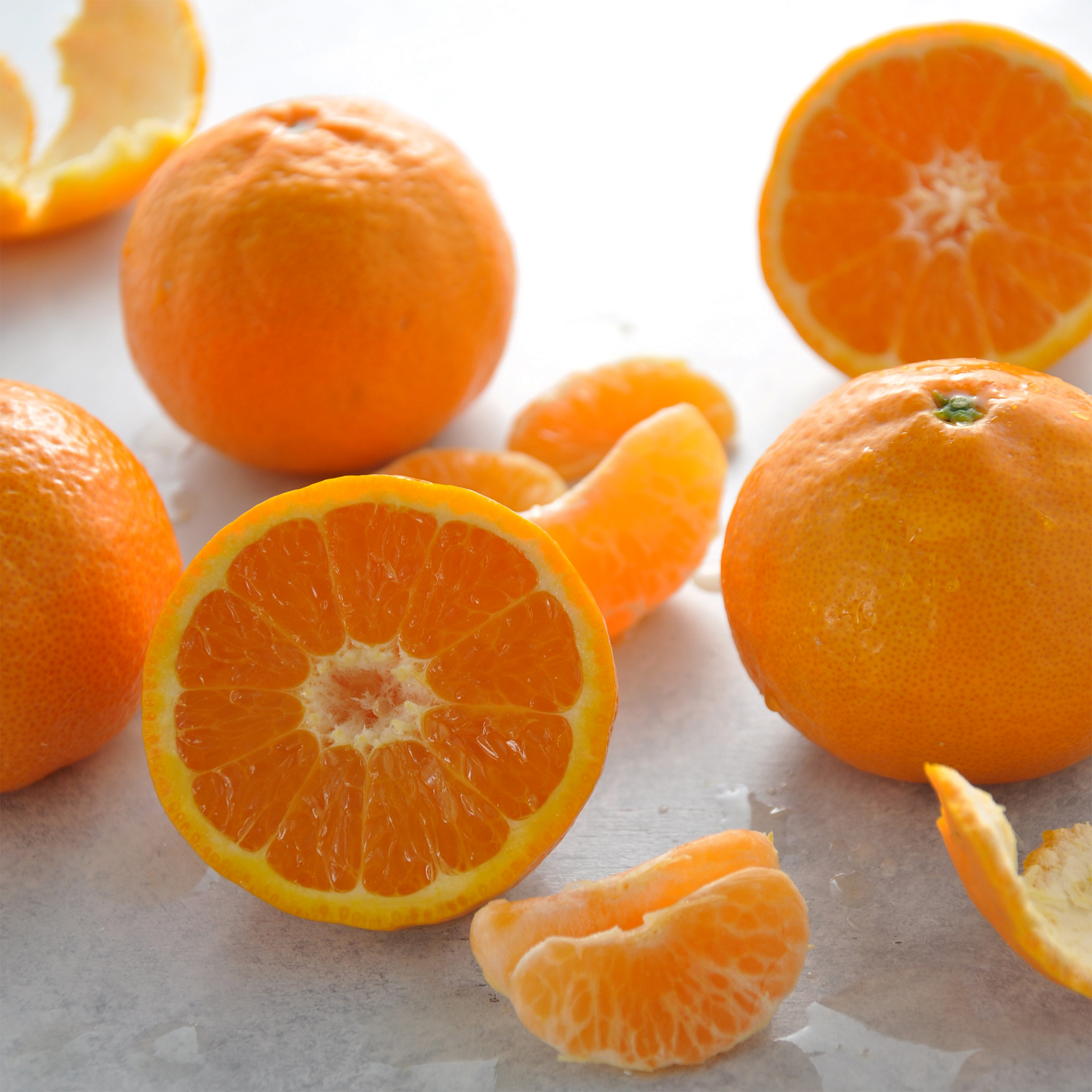
 Pixies ripen in the spring and are therefore on the trees during California’s coldest months and are quite susceptible to frost.
Pixies ripen in the spring and are therefore on the trees during California’s coldest months and are quite susceptible to frost.
